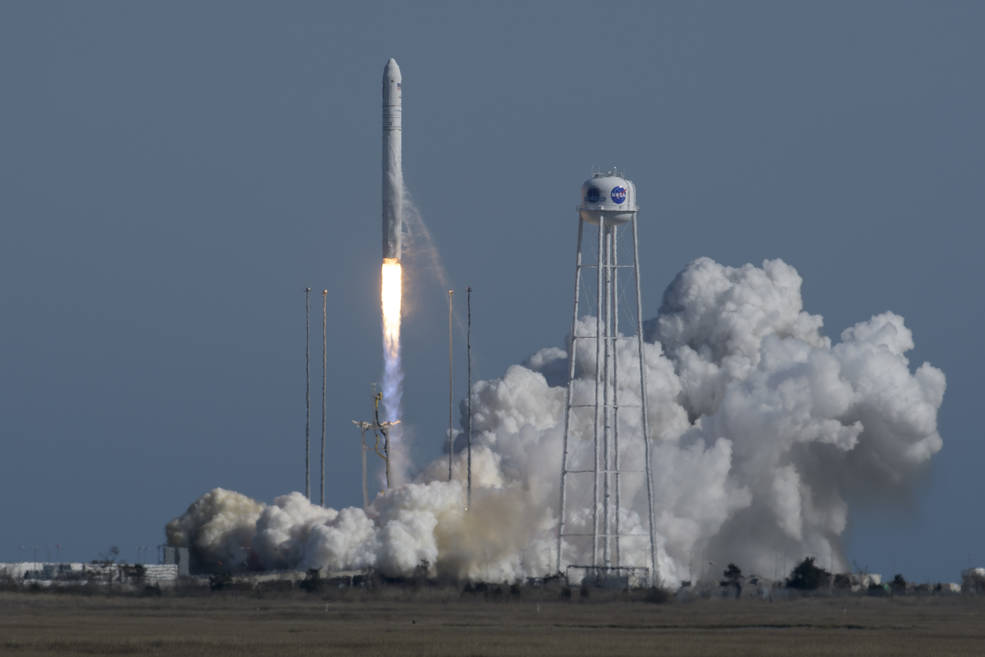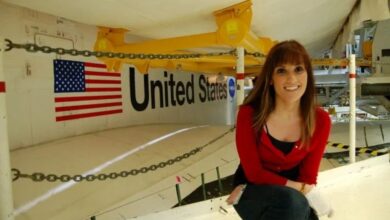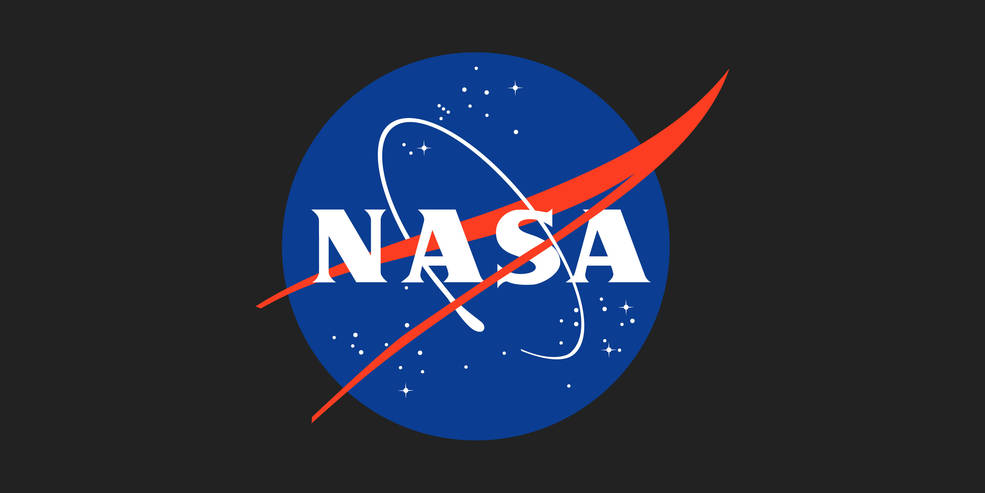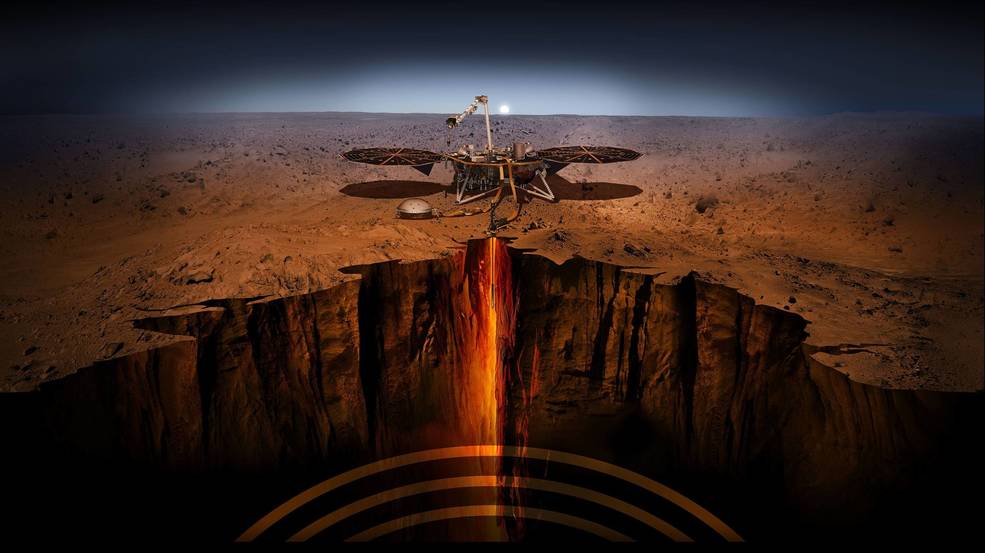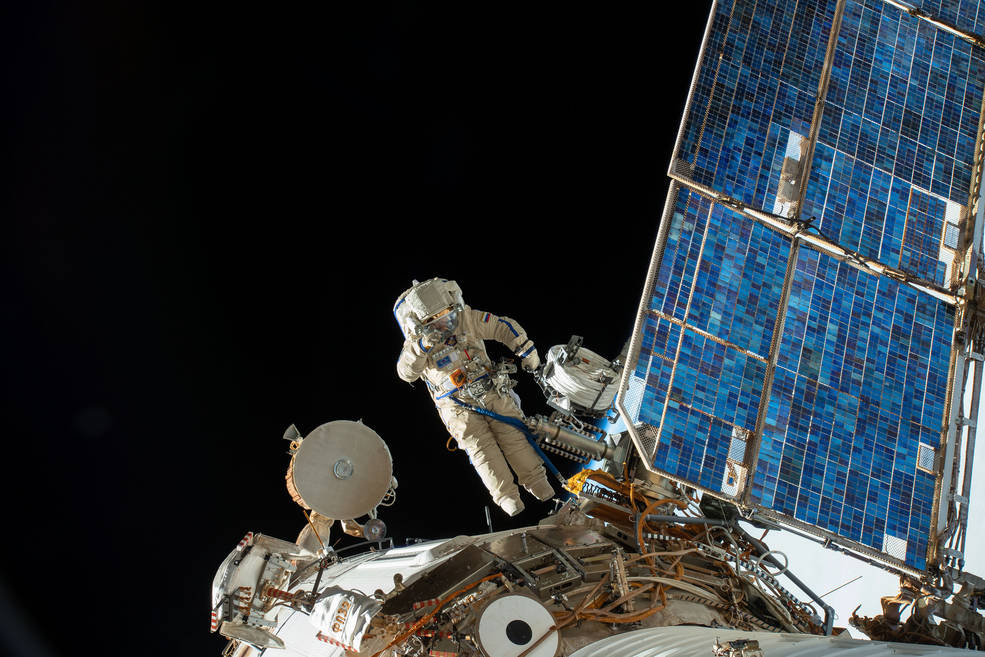Station Science Top News: Jan. 24, 2025

Reducing reliance on resupply missions
Resupply of life support elements such as air, water, food, clothing, and hygiene items will be impractical on missions to the Moon and beyond. This research assessed current use and resupply of these elements on the International Space Station and outlines technologies needed for sustained human presence in space, such as 3D printing maintenance parts, systems for laundering clothes, and improved recovery and recycling of elements.
Researchers analyzed the types and mass of elements supplied from Earth to the station and astronaut feedback from various studies and interviews. The paper also used data from ISS Internal Environments, a wide-ranging investigation that samples various aspects of the space station environment in support of many types of research.
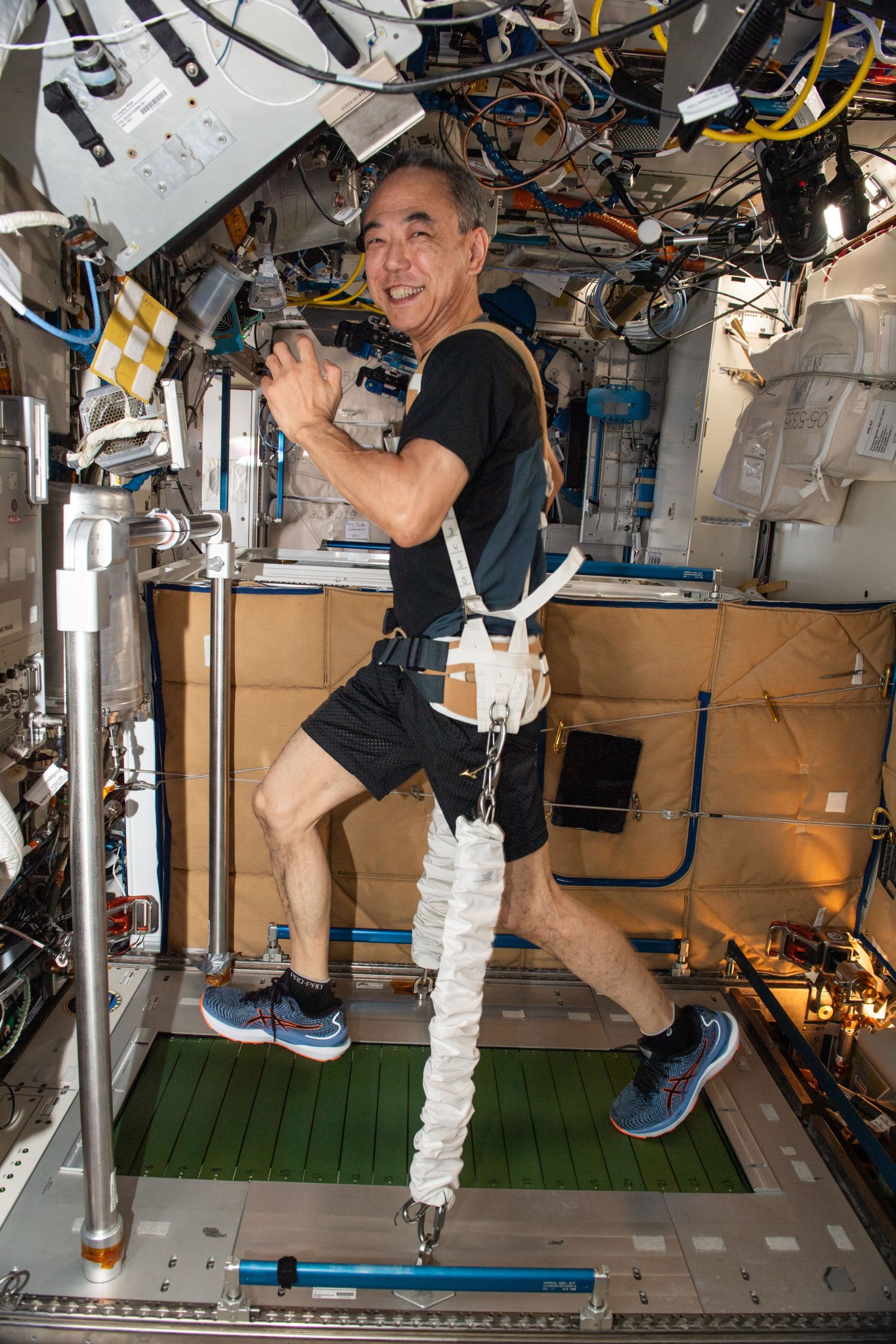
Japan Aerospace Exploration Agency astronaut Satoshi Furukawa exercises on the station’s treadmill. Astronauts currently have no way to launder clothes in space.
NASA
Verifying a technique for analyzing emulsions
This paper presents a review of examining the behavior of emulsions (suspensions of particles in a liquid) in microgravity using a technique called diffusing wave spectroscopy. Results offer insights that could support development of technologies to improve living environments and foods for crew members on future missions.
FSL Soft Matter Dynamics – PASTA studied the dynamics of droplets in emulsions. Accurate study and characterization of the effects of additives on emulsion stability is possible in microgravity. Emulsions have applications in foods, cosmetics, pharmaceuticals, fuels, paints and coatings, chemical processing, and materials.

European Space Agency astronaut Samantha Cristoforetti exchanges samples for the FSL Soft Matter Dynamics-PASTA investigation.
NASA
EEG measurements and predicting cognitive changes in spaceflight
Researchers used an electroencephalogram (EEG) to measure brainwave activity during a relaxed, wakeful state in crew members and found no significant differences before, during, and after flight. These types of measurements could serve as biomarkers of brain health status, helping to predict changes in cognitive performance and the need for prevention and countermeasure strategies during future missions.
Studies have shown that spaceflight can affect key cognitive and motor skills such as task management, attention, and movement speed and accuracy. Neurowellness in Space Ax-1 tested using a portable, easy to use EEG headset to measure ongoing and task-related brain activity in microgravity. The data could help predict and monitor neural changes on future space missions.
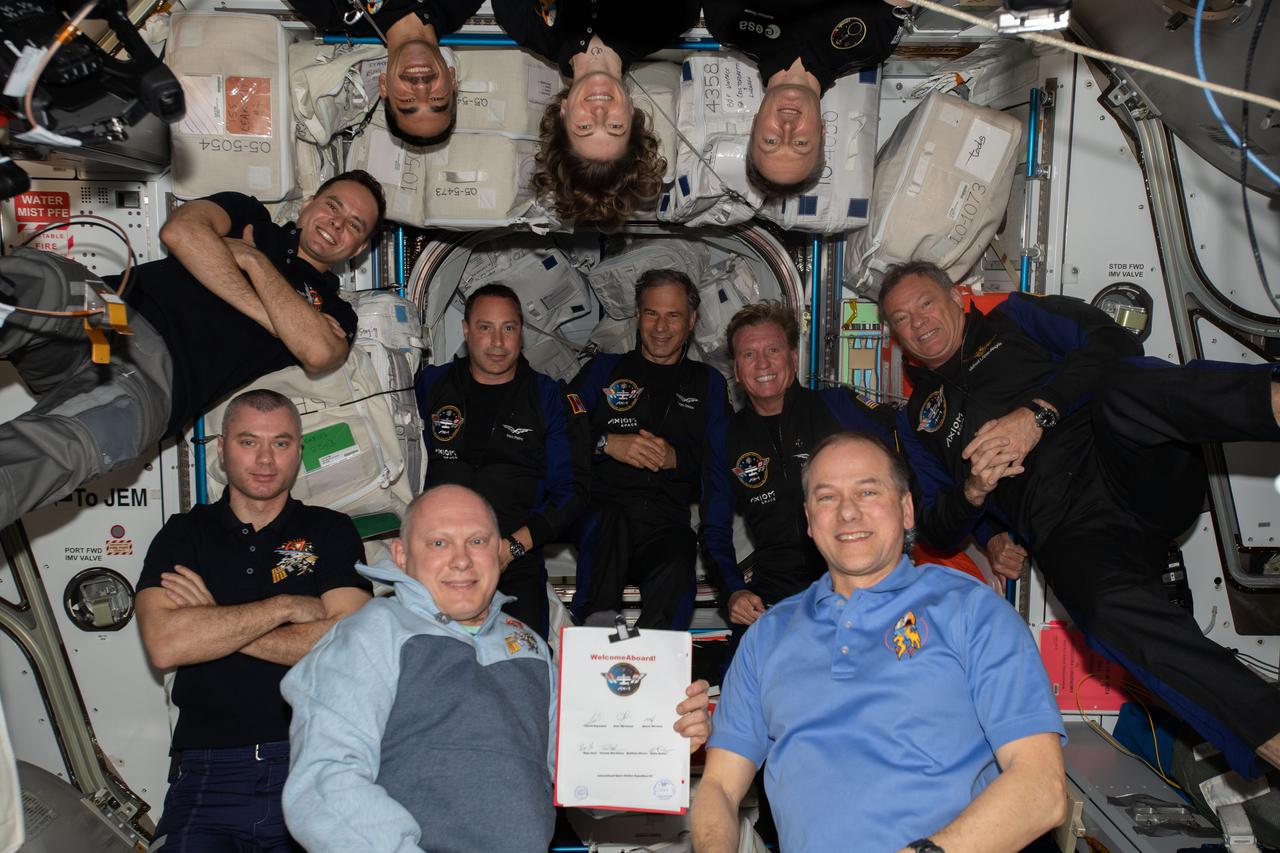
The 11-person crew aboard the station in April 2022 included Axiom Mission 1 astronauts (center row from left) Mark Pathy, Eytan Stibbe, Larry Conner, and Michael Lopez-Alegria.
NASA

